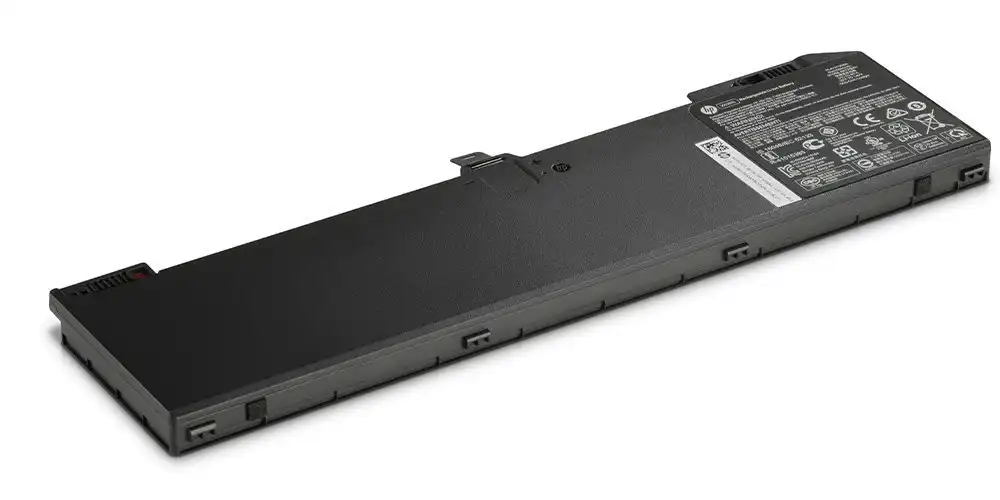The current era of transport is at an intersection where creativity and ecological consciousness collide. The car industry is undergoing a fundamental revolution as concerns about climate change, pollution, and the depletion of fossil fuels grow. These vehicles represent a transportation concept that balances advanced technology with a dedication to the environment go url to know more.
New Energy Vehicles (NEVs) are at the center of this paradigm shift, a wide variety of vehicles fueled by alternative energy sources that are altering the way we move and challenging conventional concepts of mobility.NEVs cover a wide range of modern marvels, from battery electric vehicles (BEVs) with no tailpipe emissions to fuel cellular vehicles (FCVs) fueled by the chemical-based magic of gas.
Types of Automobiles New Energy Vehicles
Let’s go over the many sorts of vehicles that are classified as New Energy Vehicles (NEVs) in further detail.
Battery electric powered cars (BEVs)
Description
Battery electric vehicles (BEVs) are fully electric vehicles that run entirely on electricity stored in rechargeable batteries. They lack a traditional internal combustion engine and emit no exhaust emissions.
Benefits
In comparison to typical petrol automobiles, BEVs provide a peaceful and clean driving experience, rapid torque, and cheaper operating costs. They make a significant contribution to lowering greenhouse gas emissions and improving urban air quality.
Obstacles
The major difficulty is variety anxiety, which occurs when drivers are concerned about running out of battery power before reaching a charging station. There are also concerns with charging infrastructure and charging times.
Plug-in Hybrid electric-powered cars (PHEVs)
Description
Plug-in Hybrid Electric Vehicles (PHEVs) combine an electric motor and an internal combustion engine. They can run on power for a limited time before switching to a gasoline engine or generator.
Advantages
PHEVs offer the convenience of electric driving for shorter excursions while also having a gas engine as a backup for longer travels. They eliminate a variety of tensions and reduce fuel usage.
Boundaries
PHEVs continue to use petrol and emit emissions when the internal combustion engine is running. Their usual environmental impact is determined by how frequently they are driven in electric mode.
Hybrid electric-powered automobiles (HEVs)
Description
HEVs are cars that include a gasoline-powered engine and an electrically powered one. During acceleration, the electric motor supports the engine and may recharge the battery via regenerative braking.
Advantages
HEVs outperform conventional gasoline cars in terms of fuel efficiency and pollution. They do not wish to be charged externally and may run in the same way as conventional automobiles.
Fuel cellular automobiles (FCVs)
Description
Gas cellular vehicles (FCVs) use hydrogen fuel to power an electric motor via a chemical process in a gas cellular. Water vapor is the best emission from FCVs.
Advantages
When compared to battery electric motors, FCVs have longer stages and shorter refueling times. They emit no exhaust emissions and can help reduce reliance on fossil fuels.
Barriers
Because the availability of hydrogen refueling infrastructure is limited, FCVs are only feasible and effective in areas with established hydrogen networks.
Extended-range electric automobiles (EREVs)
Description
A longer type of electric-powered vehicle (EREVs) features a larger battery than standard PHEVs, allowing them to operate in an electric-only mode for a longer period of time before the petrol engine is required to provide electricity.
Advantages
EREVs provide the benefits of electric driving without range anxiety. They are an excellent solution for customers that demand higher levels but still want the environmental benefits of using electricity.
Neighborhood electric-powered cars (NEVs)
Description
Community electric vehicles (NEVs) are small, low-speed electric vehicles designed for short travels within neighborhoods or groups. They may be limited to lesser speeds and are commonly used for local transportation.
Three -Wheeled electric motors
Description
Some current NEVs have distinctive three-wheeled designs that combine a small footprint with electric propulsion. They are usually optimized for urban mobility and give specific answers to city transportation issues.
End Summary
The promise of New Energy Vehicle (NEV) technology, a disruptive force altering the landscape of transportation and leading the way toward a more sustainable future, illuminate the path forward. As the era of traditional internal combustion engines comes to an end, we are on the verge of a new era marked by innovation, environmental stewardship, and technical advancement.








